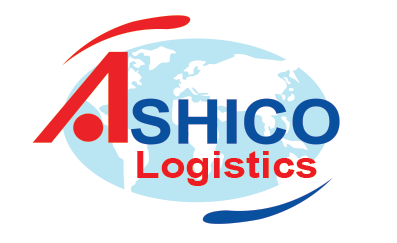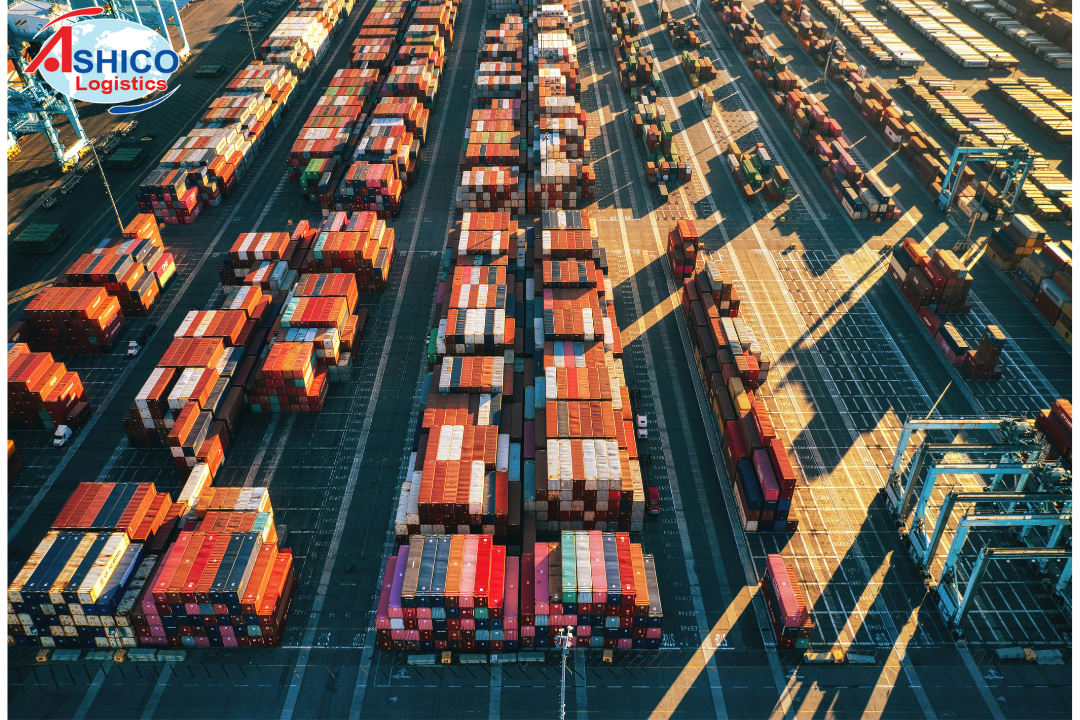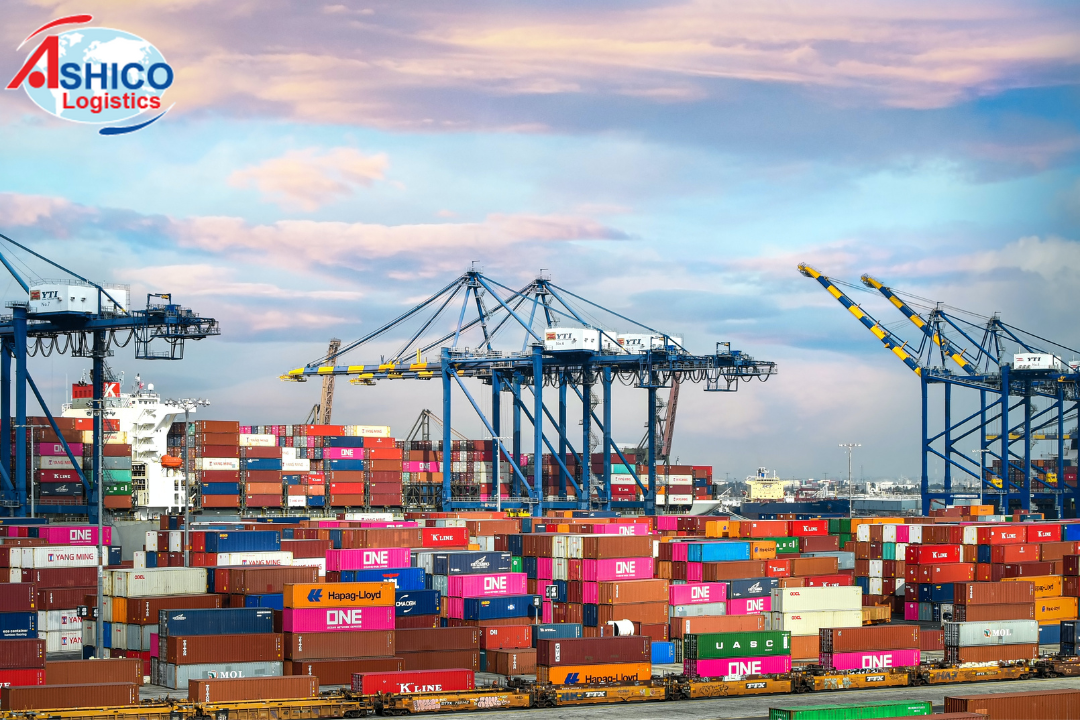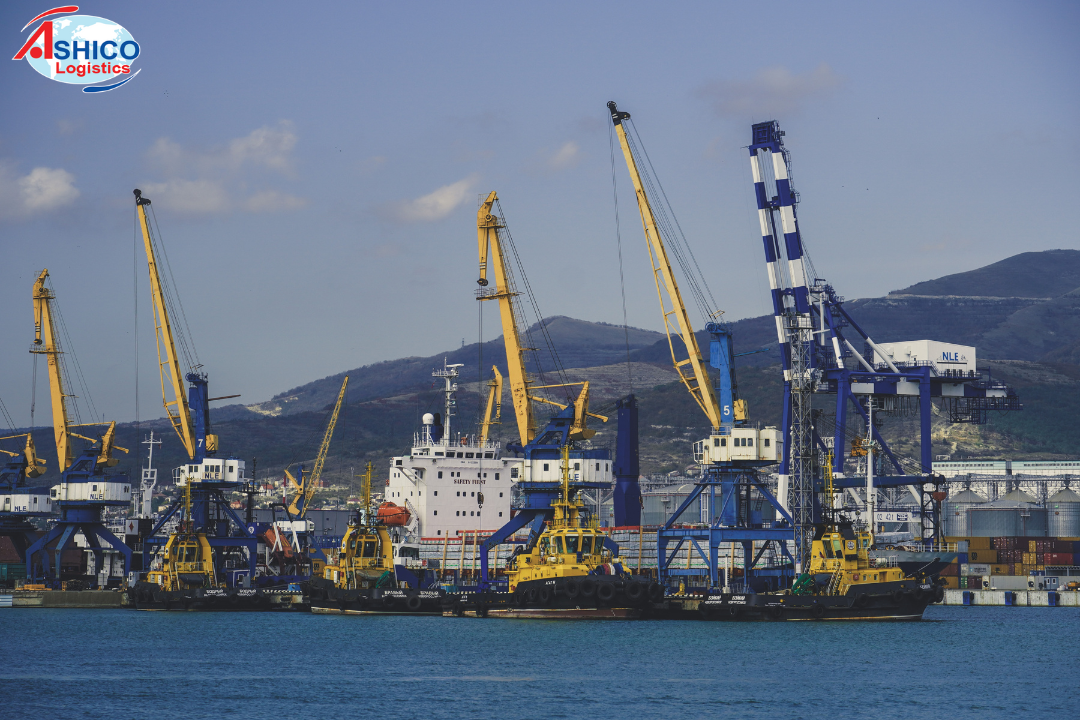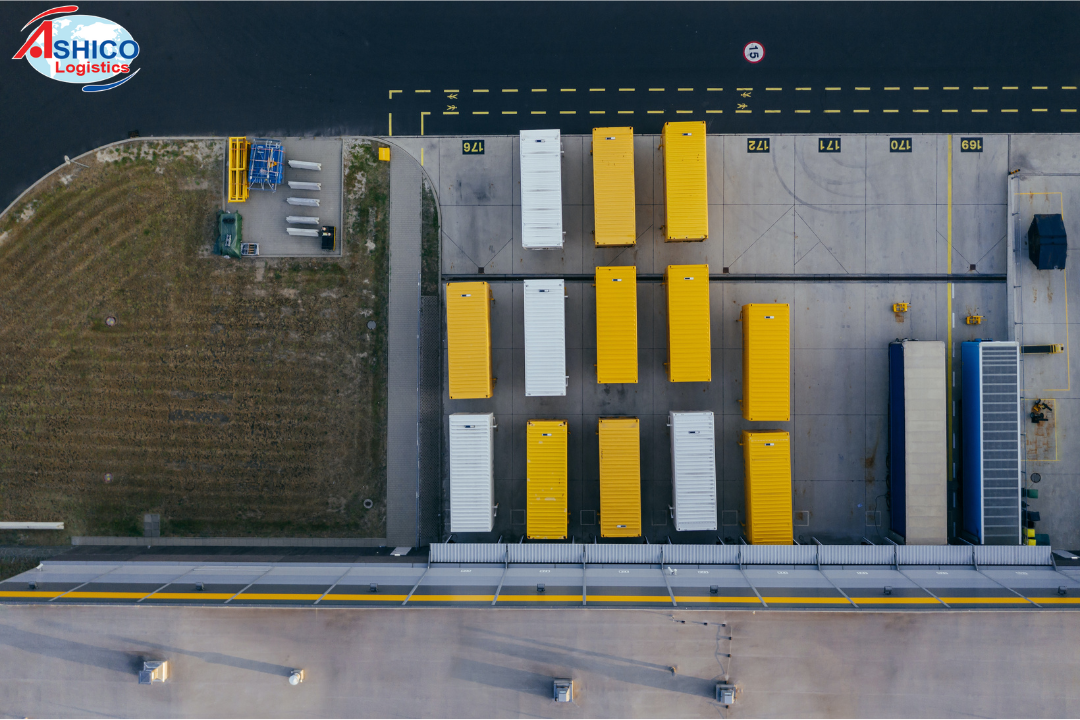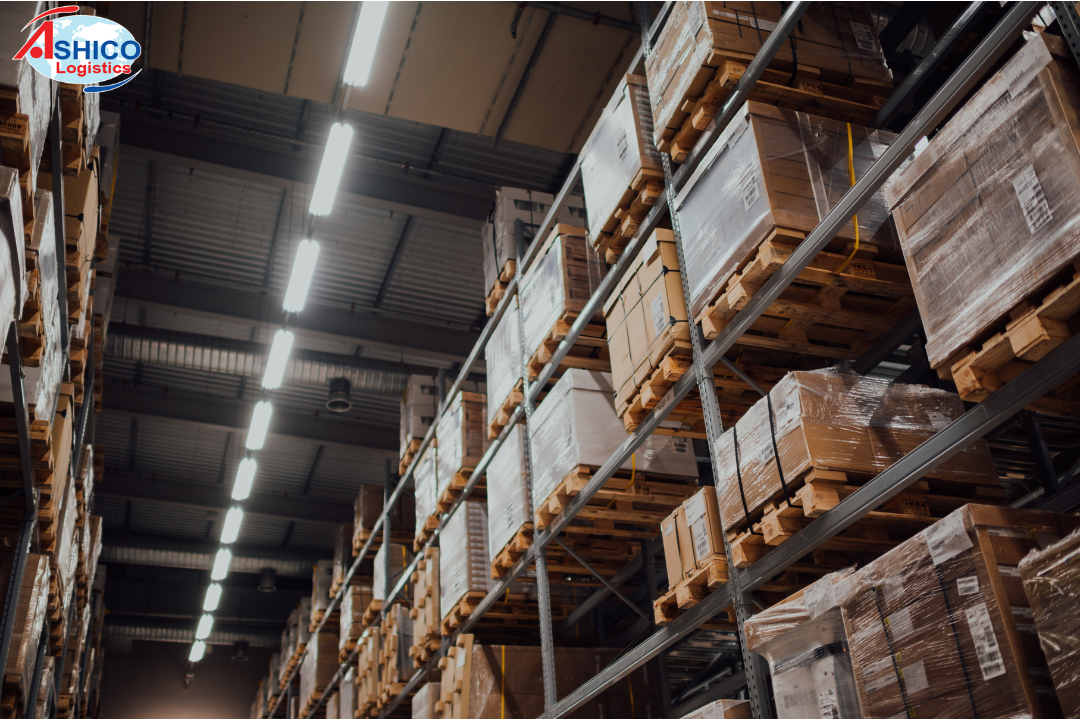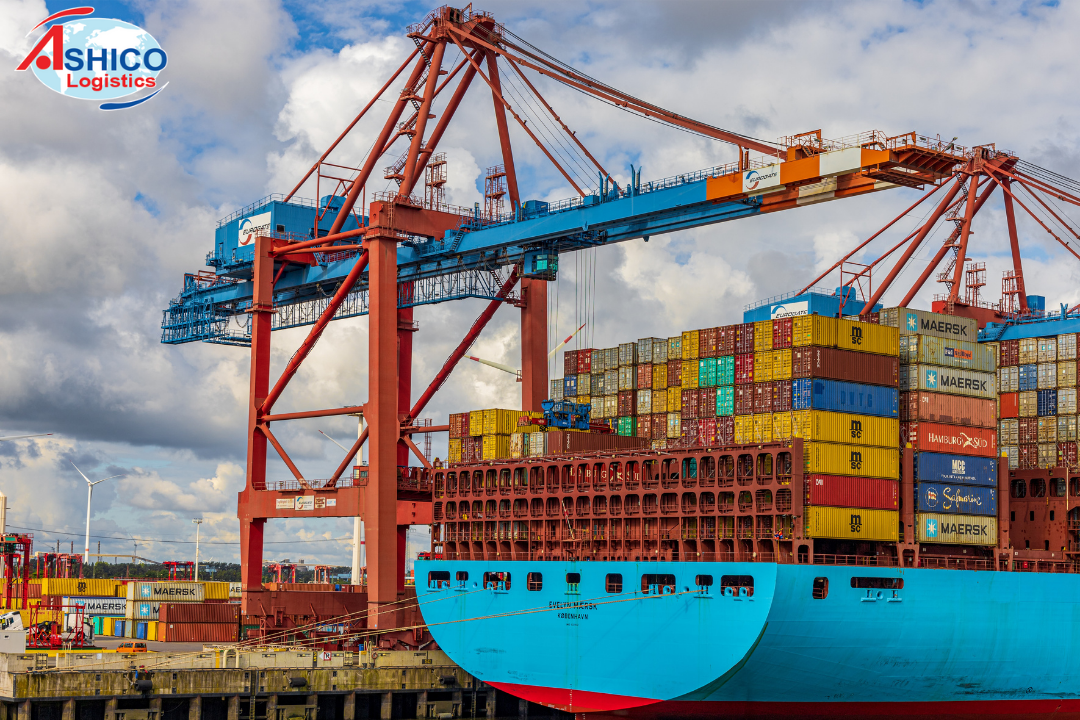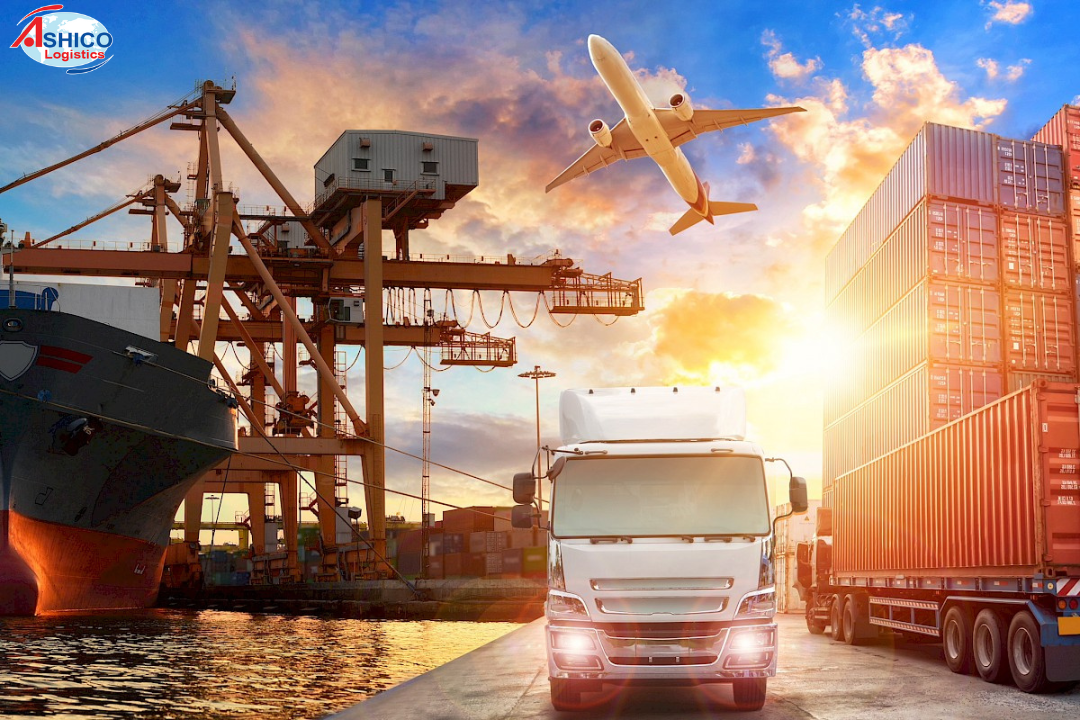
5 trends to promote ecological logistics supply chain in 2023
The movement towards reducing the amount of carbon dioxide (CO2) and carbon dioxide equivalent (CO2e) in the atmosphere has been strongly launched by many transporters this year. This involves burning less and burning clean to achieve carbon neutrality, as well as actively removing the existing CO2e in the environment to become carbon negative.
1. Reducing the amount of carbon in the atmosphere
International concern about climate change and its impacts on the planet has become the focus of business, government and consumer attention on environmental sustainability and in particular the decarbonize. This is especially true for the logistics industry – the supply chain as it generates about 60% of total carbon emissions globally and about 90% of product emissions originate in the supply chain. As more and more B2B and B2C customers demand sustainable products and services, and as carbon transparency laws take effect in regions, such as the Disclosure Regulations, Sustainable Finance (SFDR) of the EU by 2023, logistics organizations must properly account for their emissions and decarbonization of their supply chains in order to remain competitive and demonstrate environmental consciousness.
2. Circular Trend
Aims to eliminate waste and pollution by pre-assessing the entire product lifecycle and designing and using each product and its components in the supply chain. This trend seeks to reuse, repair, remanufacture and recycle products as much as possible, and when these processes are no longer feasible, products are broken down into components and materials. raw materials are reusable and ultimately biodegradable.
While sustainability is a high priority for society, only 8.5% of the more than 100 billion tons of materials consumed annually worldwide are recycled into the economy. The transition to a circular economy requires joint efforts from four key stakeholder groups – businesses, customers, governments and logistics carriers. As the supply chain transitions from a one-way line to a regenerative circle, it is the logistics industry that truly is the backbone of circularity.
3. Alternative energy solutions
The amount of electricity generated from coal-fired power plants, as well as total global emissions, has reached alarming levels by 2021, so CO2-heavy industries such as logistics must develop, invest and use alternative energy sources. In 2021, wind and solar will account for 10% of total global electricity and all energy from sustainable sources will reach 38%. However, there is still great potential for the industry in particular to promote and implement alternative energy solutions towards a clean energy future.
The entire logistics industry knows that alternative energy solutions are needed to ultimately reduce CO2 emissions to zero. However, existing solutions are not available in the required quantities or are significantly more expensive than conventional, non-reproducible solutions. Therefore, in order to implement the United Nations roadmap for clean energy and reduce the share of fossil fuels in the global energy mix to 30% by 2030, it is necessary to invest heavily in the development and application of renewable energy sources. alternative energy solutions.
.png)
4. Big Data Analytics
Data in general has played an important role in the logistics industry for decades now. Without data and analytics, one cannot optimize or even have the foresight to prepare for upcoming logistics plans. It is for these and other visibility reasons that logistics leaders have used sensors, dashboards, and other technologies to collect and display flows of information. As the use of data collection devices increases, combined with the exponentially increasing raw data found on social networks and the internet in general, the speed of incoming data far exceeds the speed of processing, with 463 million billion (1018) bytes (or 463 billion GB). The processing and analysis of big data in real time using artificial intelligence (AI) algorithms and other technologies is in the research process, but for some carriers like DHL, it has been applied on the internet. entire supply chain: descriptive, diagnostic, predictive and regulatory analysis.
Trends in Big Data Analytics have a moderate impact on logistics. While not directly changing the physical look and feel of the supply chain, greater visibility and optimized decision-making from this trend can lead to strategic optimization along supply chain segments, significantly improving service levels.
5. Next Generation Packaging
With the continued boom of e-commerce to global sustainability trends, the demand for innovative and cost-effective packaging solutions is increasing. In order to meet the needs of customers, logistics businesses focus a lot on the ability to recycle, reuse, degradability and biodegradability, and the growing demand for packaging. antibacterial, packaging traceability and packaging is tracked condition. The global packaging market has witnessed rapid growth in recent years. This growth is driven primarily by consumer awareness of sustainability and the development of new technologies to ensure safe and careful handling of products throughout the supply chain from start to finish. last mile. Recent advancements in packaging technology include the incorporation of radio frequency identification (RFID) tags, sensors and indicators in packaging materials, as well as redefining how packaging materials are sourcing. .
With the growth of this trend set to continue over the next 5 years, more and more companies are rethinking their packaging materials. As more and more companies change the way they use sustainable materials and goods, logistics companies also need to adapt, implement next-generation packaging methods, and reassess current practices to ensure that new types of packaging can be safely handled through conveyors, scanners, without causing damage to recipients… Several major players in the industry are expanding their portfolio of packaging solutions through relationships partnerships, acquisitions and mergers. For example, MeadWestvaco merged with Rock-Tenn to become WestRock, currently the second largest US packaging company. Another example is the partnership between manufacturers Stora Enso and NXP Semiconductors to develop smart packaging with integrated RFID technology, a solution designed to increase consumer engagement and enhance supply chain efficiency.
